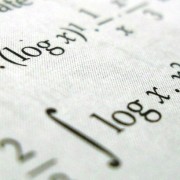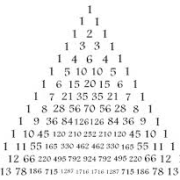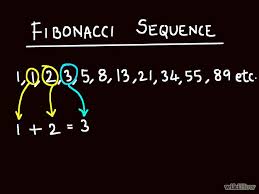An old mathematical puzzle soon to be unraveled?
It is one the oldest mathematical problems in the world. Several centuries ago, the twin primes conjecture was formulated. As its name indicates, this hypothesis, which many science historians have attributed to the Greek mathematician Euclid, deals with prime numbers, those divisible only by themselves and by one (2, 3, 5, 7, 11, etc.). Under this assumption, there exists an infinite number of pairs of prime numbers whose difference is two, called twin primes (e.g., 3 and 5), but nobody has been able to confirm this so far.
In April 2013, the University of New Hampshire mathematician Yitang Zhang presented a “weak version” of this conjecture by showing that you will never stop finding pairs of primes separated by at most 70 million.
Soon after, James Maynard, a postdoctoral student at Universit?(C) de Montr?(C)al’s Centre for Mathematical Research went even further, reducing the gap to 600. This represents a huge step forward in the quest to establish the twin primes conjecture and revives a long-standing question that has not progressed in years.
A simpler approach
How did this young 26-year-old mathematician, newly graduated from the University of Oxford, get there? Through his thesis work, he found a way to improve and simplify Zhang’s method, replacing a tool that estimates the probability that a number is prime. “Yitang Zhang and I started from the same point, but we took completely different paths. The method I use is much simpler.” So much so that his research director, Andrew Granville, says “it could be taught in a graduate course.”
Since then, hundreds of researchers have been working to reduce the gap to two and thus confirm the validity of the famous conjecture. Many submit their research results on the online collaborative platform Polymath. In a discipline where researchers are accustomed to working alone, it is a rather unique way of working. This is confirmed by Maynard: “It is quite unusual for me since I’m used to working alone. But it’s really worthwhile to work within a community.” Today, the gap continues to decrease through this collaborative effort.
Useful numbers
But what is the usefulness of learning more about prime numbers? The common mortal may not know it, but these numbers occupy an important place in our daily lives. Cryptography, among other disciplines, uses them to ensure data security and protection. Maynard takes the example of Internet shopping: “When you buy something online, you enter your credit card number on your computer, but there is a risk of piracy. Prime numbers protect our data. All online banking security is based on prime numbers.”
Furthermore, expanding our knowledge about prime numbers will allow us to solve complex problems in other disciplines such as engineering and chemistry.
An end to the puzzle close at hand?
Will the validity of the twin primes conjecture one day be demonstrated using the “Maynard method”? “I would love that, but I don’t think so. There are great difficulties in solving this problem. With my method, we should be able to achieve a gap of six, but it will take another approach to achieve two. I am convinced the hypothesis is true; there are good reasons to think so.”
In any case, the mathematical approach proposed by Maynard has received much attention. It will soon be published in a scientific journal, and the reactions by researchers in mathematics have been positive. The young mathematician has received many messages of congratulations and encouragement from his peers. Indeed, his method will be useful in solving other mathematical problems.
Andrew Granville believes that James Maynard’s result is a “great step forward in our understanding of prime numbers, which we would have thought impossible only a year ago.”
And this math whiz from an early age has no intention of stopping there. A lover of puzzles and games of logical reasoning, James Maynard knows that prime numbers still hold many mysteries to explore.
This article is a translation of a document originally published in French by Benjamin Augereau





